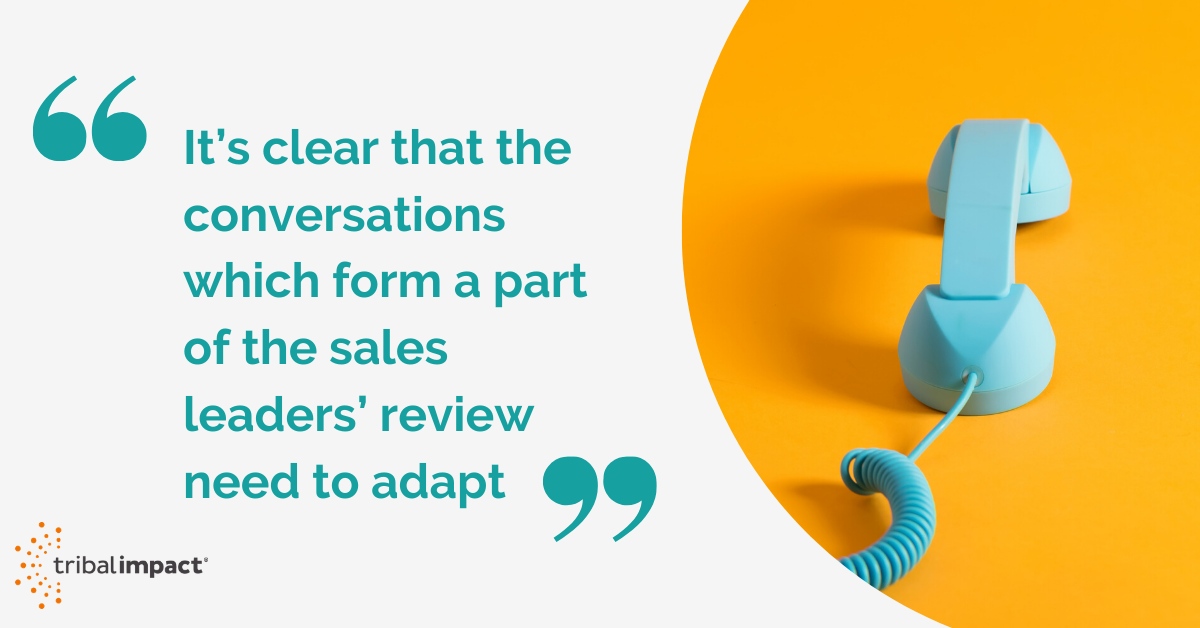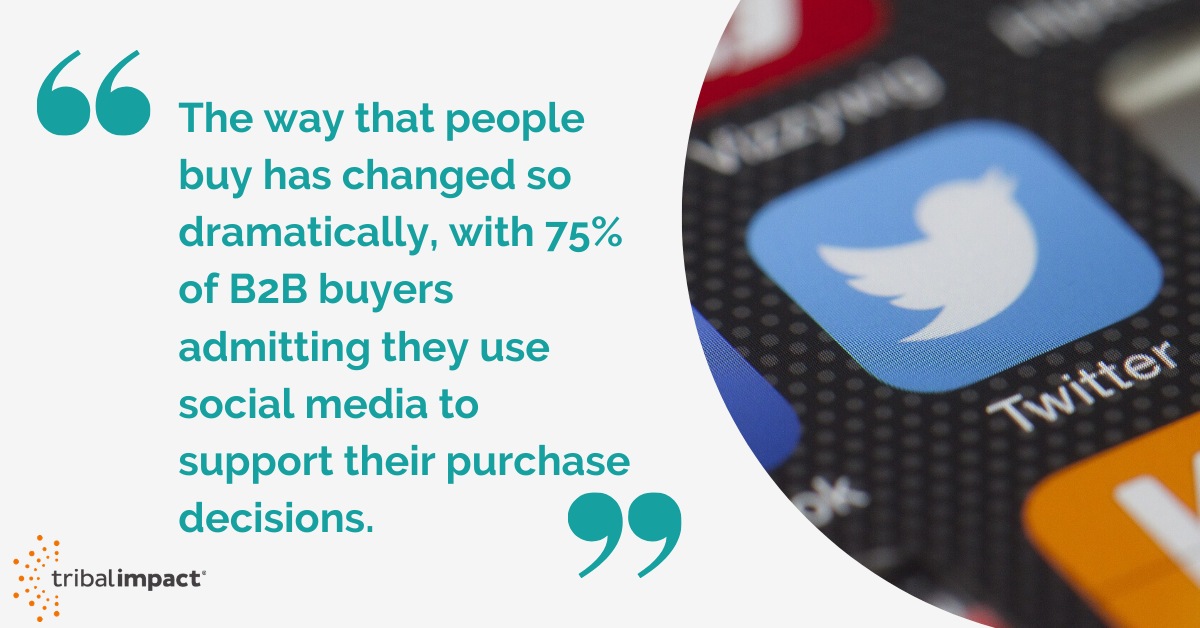Sales are measured and monitored primarily in two ways: the headline measurements are all revenue-related; percentage from new business, NPS, revenue by market, product or territory and so on.

Beneath these ‘big’ measurements lay a host of smaller metrics which are monitored and reported on to understand how the revenue numbers are being driven. These have traditionally included number of calls made, customer visits, emails sent and can also include counts of conversations had, meetings attended, demos given, or proposals prepared.
But we believe these ‘smaller’ metrics are no longer the only questions to be asking of a modern, digital sales team. Modern sales leaders need to be asking their teams questions that also focus on their digital selling behaviours.
The Modern Metrics
Modern metrics should be focused around online activity, such as:
1. LinkedIn Profile Views
This focuses on the reach of your team members. If content is relevant and useful, the audience will engage to find out more about who is sharing it.
A profile view is often an early indicator of an interested party. It’s the start of a relationship – they're showing an interest in what you do. This can lead to a connection request (the next most valuable indicator).
2. Network Growth
The purpose of social selling is to extend and nurture your online network and the overall number of connections will obviously directly impact reach. However, there’s an important point to note about the network being relevant and high quality.
This isn’t an exercise in popularity, nor is it about spamming your audience until they’re sick of you appearing in their newsfeed. If your team are growing their networks on LinkedIn, it shows that their investing time in building digital relationships.

3. Connection Requests Sent
Requesting a new connection is a milestone in the Social Selling process. It should mean that a salesperson has researched and identified a high-quality contact and is now looking to build and nurture a relationship with them. Whilst network growth is a great indicator of growing reach, invitations to connect will show you how proactive your team is with inviting relevant people to connect.
Building a network from accepting invitations doesn’t necessarily equate to quality – many people on LinkedIn are randomly sending invitations just to build a sizeable network and not necessarily a quality network.
4. Content Shared
It’s critical that this metric is measured in terms of quality, not quantity. Content needs to be relevant, timely and engaging in order to drive interest and engagement and, ultimately, influence the right people.
Review if your sales team are sharing the right kind of content e.g. is it just brand content or valuable industry thought leadership? In addition, look at the frequency and whether they are getting engagement on the content they share. If not, maybe they need to alter their strategy or advance their sharing skills.

5. InMails Sent
The right question to ask here is “have you sent any InMails this week?” as there’s no right or wrong number. Instead, you are assessing whether the salesperson is finding people who warrant further engagement or using their InMails to help them identify prospects.
Too often, sales teams are using InMails as the new cold call with little or no thought given to the value their mail brings to the audience they’re reaching out to. Quantity isn’t necessarily a measure of success here but InMails Accepted certainly is. That indicates they are taking the time to customise the content to make it relevant to the audience.
6. Introductions Requested
This is all about whether team members are working their full networks. If they are, they should be asking for referrals to people they think could buy, in addition to identifying them themselves. As they build a quality network of trusted relationships, referrals will be more accessible and successful.
This goes back to point #2 – Network Growth. If your team concentrates on building volume in their network rather than quality, the referrals are less likely.
These modernised metrics will allow a sales manager to build a detailed picture of how the sales team are performing online.
The modern sales manager will look for the type of activity being undertaken by the team. To help understand why things need to change, there’s a simple way of looking at how this activity all hangs together and results in higher sales figures:
Profile views drive connections which drive conversations which help drive relationship building which drives opportunities being identified.
Time For A Change
It’s clear that the conversations which form a part of the sales leaders’ review need to adapt. They should include questions around LinkedIn performance primarily because the way that people buy has changed so dramatically, with 75% of B2B buyers admitting they use social media to support their purchase decisions.
If your people aren’t performing against these metrics, they may need further social selling training. It’s a more joined up approach to be training your team to operate in a certain way and then monitoring a what you’ve been asking them to do rather than jumping to metrics which don't relate to the behaviour of a modern buyer.
